Home>Gardening & Outdoor>Outdoor Structures>How To Cool Down A Shed
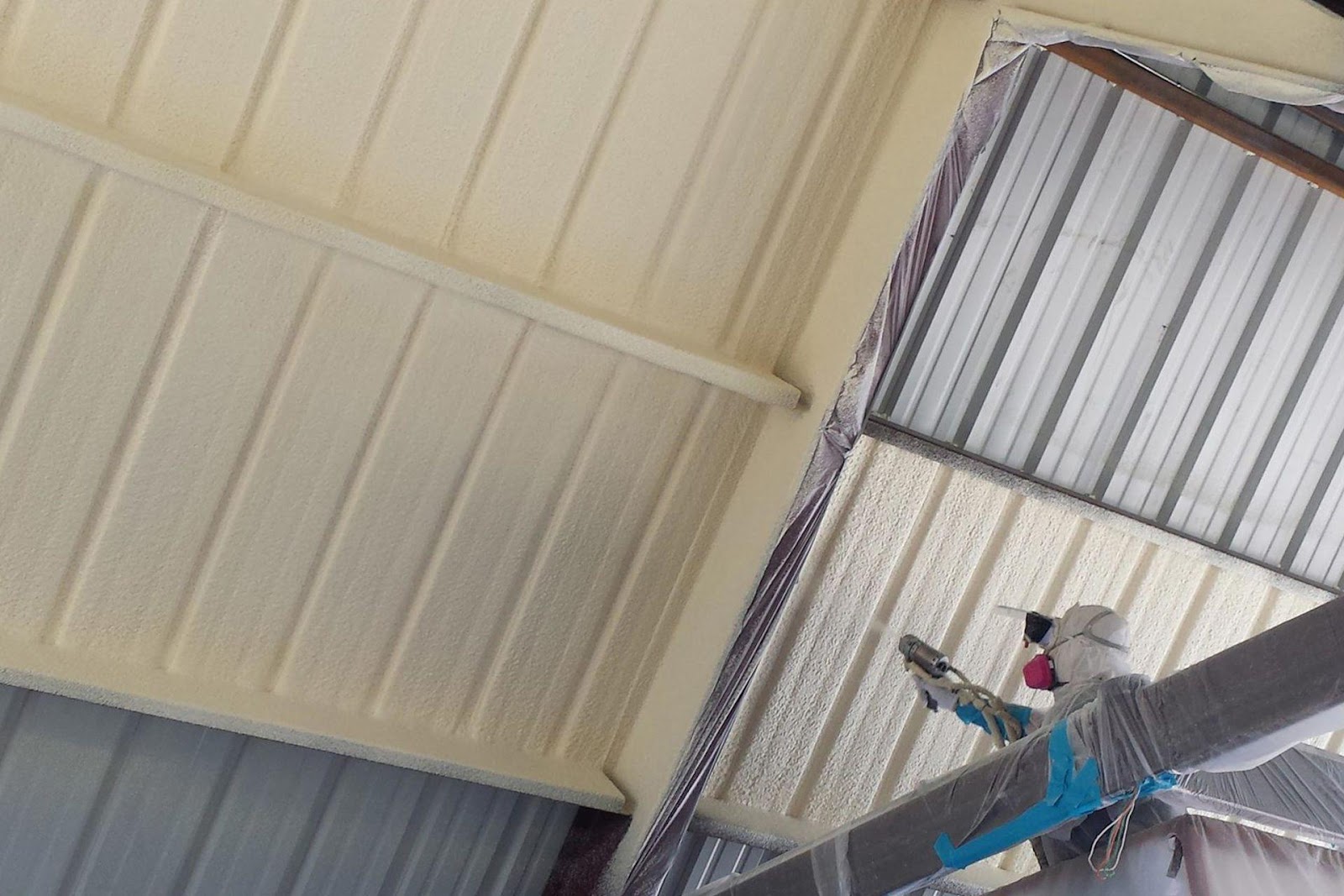

Outdoor Structures
How To Cool Down A Shed
Modified: March 24, 2024
Learn effective ways to cool down your shed in hot weather. Explore tips and strategies for maintaining comfortable temperatures in outdoor structures.
(Many of the links in this article redirect to a specific reviewed product. Your purchase of these products through affiliate links helps to generate commission for Storables.com, at no extra cost. Learn more)
Introduction
When the summer sun beats down and turns your shed into a sweltering oven, finding effective ways to cool it down becomes a top priority. Whether you use your shed for storage, as a workshop, or as a cozy retreat, maintaining a comfortable temperature is essential for both the items inside and your own well-being. In this article, we'll explore various strategies to help you beat the heat and transform your shed into a cool and inviting space.
A shed can quickly become unbearably hot, especially if it lacks proper insulation and ventilation. The intense heat can not only make the shed uncomfortable to spend time in but can also potentially damage any items stored inside. Moreover, if you use the shed as a workspace, the heat can significantly impact your productivity and overall experience.
Thankfully, there are several practical and affordable methods to mitigate the heat and make your shed a more enjoyable environment. From assessing the current temperature and identifying insulation needs to integrating cooling appliances and optimizing shade, each approach plays a crucial role in enhancing the shed's comfort level. By understanding the dynamics of cooling down a shed, you can take proactive steps to create a space that remains cool and inviting, even during the hottest days of summer.
In the following sections, we'll delve into the key factors that contribute to the temperature inside your shed and explore effective solutions for cooling it down. Whether you're seeking simple DIY techniques or considering more advanced cooling options, this guide will equip you with the knowledge and insights needed to transform your overheated shed into a refreshingly cool retreat. Let's embark on this journey to discover the secrets of creating a comfortably cool shed space.
Key Takeaways:
- Beat the heat by assessing shed temperature, optimizing insulation and ventilation, and leveraging shade and reflective surfaces. Consider cooling appliances for a consistently comfortable shed space.
- Transform your shed into a cool retreat with tailored cooling strategies. Monitor temperature, enhance insulation and ventilation, utilize shade and reflective surfaces, and integrate cooling appliances for a refreshing shed experience.
Read more: How To Tear Down A Shed
Assessing the Temperature
Before implementing any cooling measures, it’s essential to assess the current temperature inside your shed. This initial step allows you to understand the severity of the heat issue and determine the most effective strategies for cooling down the space.
Start by monitoring the temperature at different times of the day, especially during the peak heat hours. Use a reliable thermometer to record the internal temperature, and take note of any fluctuations throughout the day. This data will provide valuable insights into the extent of the heat buildup and help in devising a targeted approach to combat it.
Additionally, consider the impact of external factors on the shed’s temperature. Factors such as the shed’s orientation in relation to the sun, the presence of nearby structures or trees casting shadows, and the type of roofing material can all influence the internal temperature. By understanding these external influences, you can make informed decisions when implementing cooling solutions.
Furthermore, assess the airflow inside the shed. Poor ventilation can contribute to heat stagnation, exacerbating the overall temperature. Evaluate the current ventilation provisions, such as windows, vents, or exhaust fans, and determine if they are adequate for promoting air circulation. Identifying any airflow restrictions will guide you in addressing ventilation issues effectively.
By thoroughly assessing the temperature and considering both internal and external factors, you can lay the groundwork for implementing tailored cooling strategies. This proactive approach sets the stage for targeted interventions that address the specific heat-related challenges faced by your shed, ultimately paving the way for a more comfortable and enjoyable space.
Insulation and Ventilation
Effective insulation and proper ventilation are fundamental elements in controlling the temperature within a shed. Insulation acts as a barrier against external heat, while ventilation facilitates the exchange of hot, stagnant air with cooler, fresh air. By optimizing these factors, you can significantly reduce the impact of heat buildup and create a more comfortable environment inside the shed.
Insulation serves as a crucial defense against external heat transfer. Consider insulating the walls, roof, and even the floor of the shed using materials such as foam board, fiberglass, or reflective insulation. Reflective insulation, in particular, can effectively deflect radiant heat, preventing it from permeating the shed’s interior. By minimizing the transfer of external heat, insulation helps maintain a more stable and moderate temperature within the shed.
Furthermore, prioritize proper ventilation to facilitate air movement and prevent heat from becoming trapped inside the shed. Install windows that can be opened to allow fresh air to enter and hot air to escape. Additionally, consider incorporating vents or louvers in strategic locations to promote airflow. For enhanced ventilation, a solar-powered or electric exhaust fan can be a valuable addition, actively expelling hot air and drawing in cooler air from outside.
Strategic placement of vents or windows can capitalize on natural airflow patterns, maximizing the effectiveness of ventilation. Consider positioning vents or windows on opposite sides of the shed to encourage cross ventilation, allowing air to flow freely throughout the space. This natural circulation helps dissipate heat and maintain a more pleasant internal temperature.
By addressing insulation and ventilation, you create a fortified defense against the relentless summer heat. These measures not only regulate the internal temperature but also contribute to energy efficiency, ensuring that the shed remains a cool and inviting space without consuming excessive resources.
Consider installing a solar-powered vent fan to help circulate air and reduce heat buildup in your shed. This can help lower the temperature and make the space more comfortable.
Shade and Reflective Surfaces
Strategic use of shade and reflective surfaces can play a pivotal role in mitigating the heat absorbed by a shed, contributing to a cooler internal environment. By harnessing the principles of solar radiation and heat reflection, you can effectively reduce the impact of direct sunlight and minimize heat retention within the shed.
One of the most straightforward methods to shield a shed from excessive heat is to leverage natural shade. If possible, position the shed in an area that benefits from natural shade provided by trees, buildings, or other structures. This simple yet effective approach can significantly diminish the direct exposure to sunlight, thereby lowering the overall temperature inside the shed.
Alternatively, consider installing awnings or constructing overhangs to create shaded areas around the shed. These additions not only shield the shed from direct sunlight but also provide outdoor spaces where you can seek respite from the heat. Furthermore, they contribute to the aesthetics of the shed while serving a practical purpose in maintaining a cooler environment.
Integrating reflective surfaces into the shed’s exterior can also yield substantial cooling benefits. Applying a reflective coating to the roof or using reflective roofing materials can minimize the absorption of solar heat, effectively reducing the temperature inside the shed. Additionally, consider utilizing light-colored exterior paints to enhance the shed’s reflective properties, further diminishing the heat retained by the structure.
For sheds with metal roofing, specially formulated reflective coatings can be applied to mitigate heat absorption. These coatings are designed to reflect a significant portion of the sunlight, preventing the roof from becoming a source of intense heat transfer. By incorporating these reflective solutions, you can proactively combat the effects of solar radiation and maintain a more comfortable environment within the shed.
By leveraging shade and reflective surfaces, you can create a cooler microclimate around the shed, significantly diminishing the impact of external heat sources. These measures not only contribute to a more pleasant shed environment but also align with sustainable practices by reducing the reliance on artificial cooling methods.
Cooling Appliances
When natural cooling methods alone are insufficient to combat the intense heat, integrating cooling appliances into the shed can provide an effective solution for maintaining a comfortable temperature. From portable air conditioners to innovative ventilation systems, a range of appliances can be deployed to create a cool and inviting environment within the shed.
Portable air conditioners offer a versatile and efficient cooling solution for sheds, especially in regions where the summer heat can be particularly intense. These compact units are designed to deliver targeted cooling, making them well-suited for smaller spaces such as sheds. By expelling hot air outside and circulating cool air within the shed, portable air conditioners can rapidly lower the internal temperature, creating a refreshing retreat from the sweltering heat.
Alternatively, evaporative coolers, also known as swamp coolers, present an energy-efficient cooling option for sheds. These devices utilize the natural process of evaporation to reduce the ambient temperature. By drawing in warm air, passing it through moistened pads, and circulating the cooled air within the shed, evaporative coolers offer an eco-friendly and cost-effective means of cooling the space.
In addition to traditional cooling appliances, innovative ventilation systems, such as solar-powered fans and passive cooling vents, can be integrated to enhance airflow and regulate the shed’s temperature. Solar-powered fans harness solar energy to drive ventilation, effectively expelling hot air and promoting air exchange within the shed. Passive cooling vents, strategically positioned to facilitate natural convection, can also contribute to maintaining a cooler internal environment.
Furthermore, consider the integration of smart technologies to optimize the operation of cooling appliances. Smart thermostats and timers enable precise control over cooling systems, ensuring efficient operation and energy conservation. By leveraging these technologies, you can tailor the cooling process to align with your shed usage patterns, maximizing comfort while minimizing energy consumption.
By incorporating cooling appliances into the shed, you can create a consistently cool and comfortable space, enabling you to fully utilize the shed for various activities and purposes, regardless of external temperature fluctuations.
Read more: How To Take Down A Wooden Shed
Conclusion
Transforming your shed into a cool and inviting space is not only achievable but also essential for ensuring the comfort of both the shed’s contents and its occupants. By implementing a combination of practical strategies, you can effectively mitigate the impact of external heat and create a consistently comfortable environment within the shed.
Assessing the temperature and understanding the factors contributing to heat buildup serve as crucial starting points in devising a targeted approach to cooling the shed. By monitoring the temperature and evaluating airflow patterns, you gain valuable insights that inform the implementation of tailored cooling solutions.
Insulation and ventilation play pivotal roles in regulating the shed’s temperature, serving as foundational elements in combating heat buildup. Through effective insulation and strategic ventilation provisions, you can fortify the shed against external heat transfer and promote the circulation of cooler air, contributing to a more pleasant internal environment.
Leveraging shade and reflective surfaces presents a natural and sustainable means of reducing the impact of solar radiation and heat absorption. By harnessing natural shade and incorporating reflective coatings or materials, you can create a cooler microclimate around the shed, minimizing the temperature inside the structure.
When natural cooling methods are insufficient, the integration of cooling appliances offers a reliable solution for maintaining a comfortable shed environment. Portable air conditioners, evaporative coolers, and innovative ventilation systems provide versatile options for effectively lowering the internal temperature, ensuring a cool retreat even during the hottest days.
By combining these strategies, you can create a shed that remains refreshingly cool, regardless of external weather conditions. Whether you use the shed for storage, as a workshop, or as a peaceful sanctuary, a consistently comfortable temperature enhances its functionality and ensures a more enjoyable experience for its users.
Embrace the journey of transforming your shed into a cool haven, and savor the rewards of a space that remains inviting and comfortable throughout the seasons.
Frequently Asked Questions about How To Cool Down A Shed
Was this page helpful?
At Storables.com, we guarantee accurate and reliable information. Our content, validated by Expert Board Contributors, is crafted following stringent Editorial Policies. We're committed to providing you with well-researched, expert-backed insights for all your informational needs.

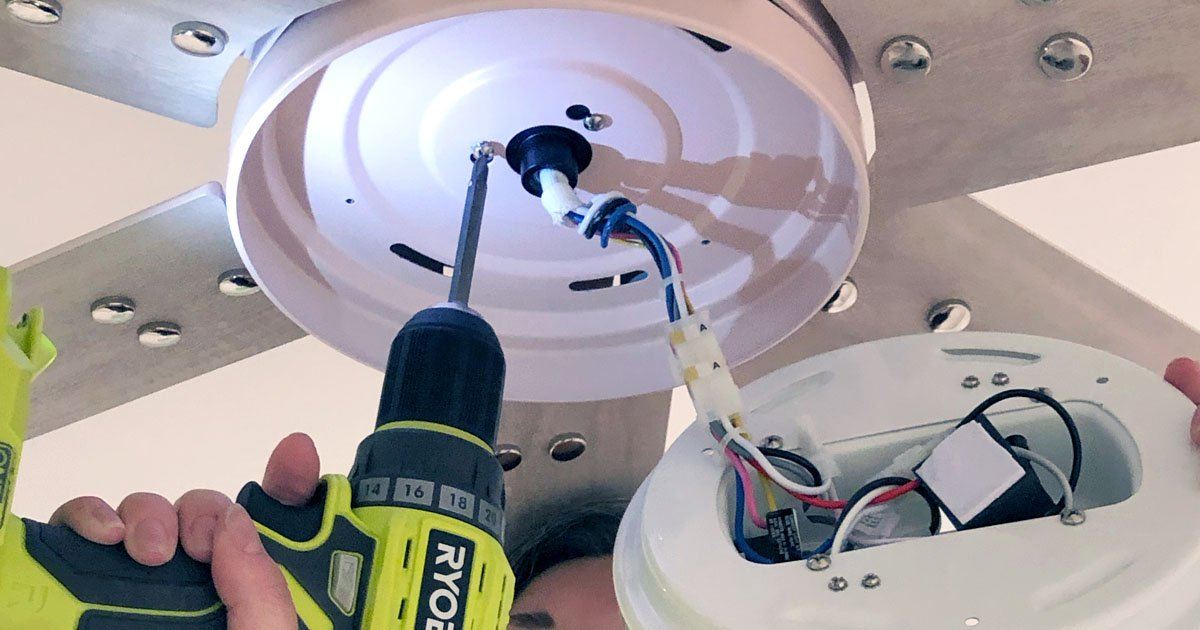
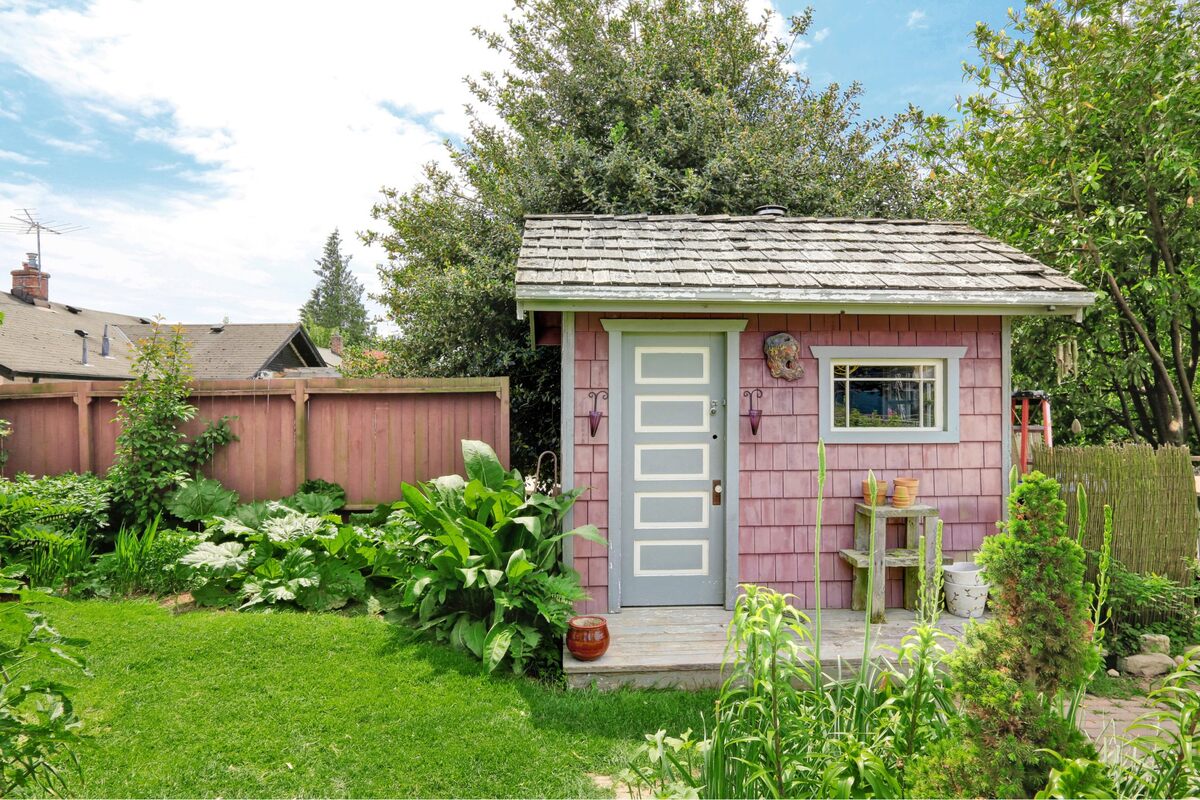
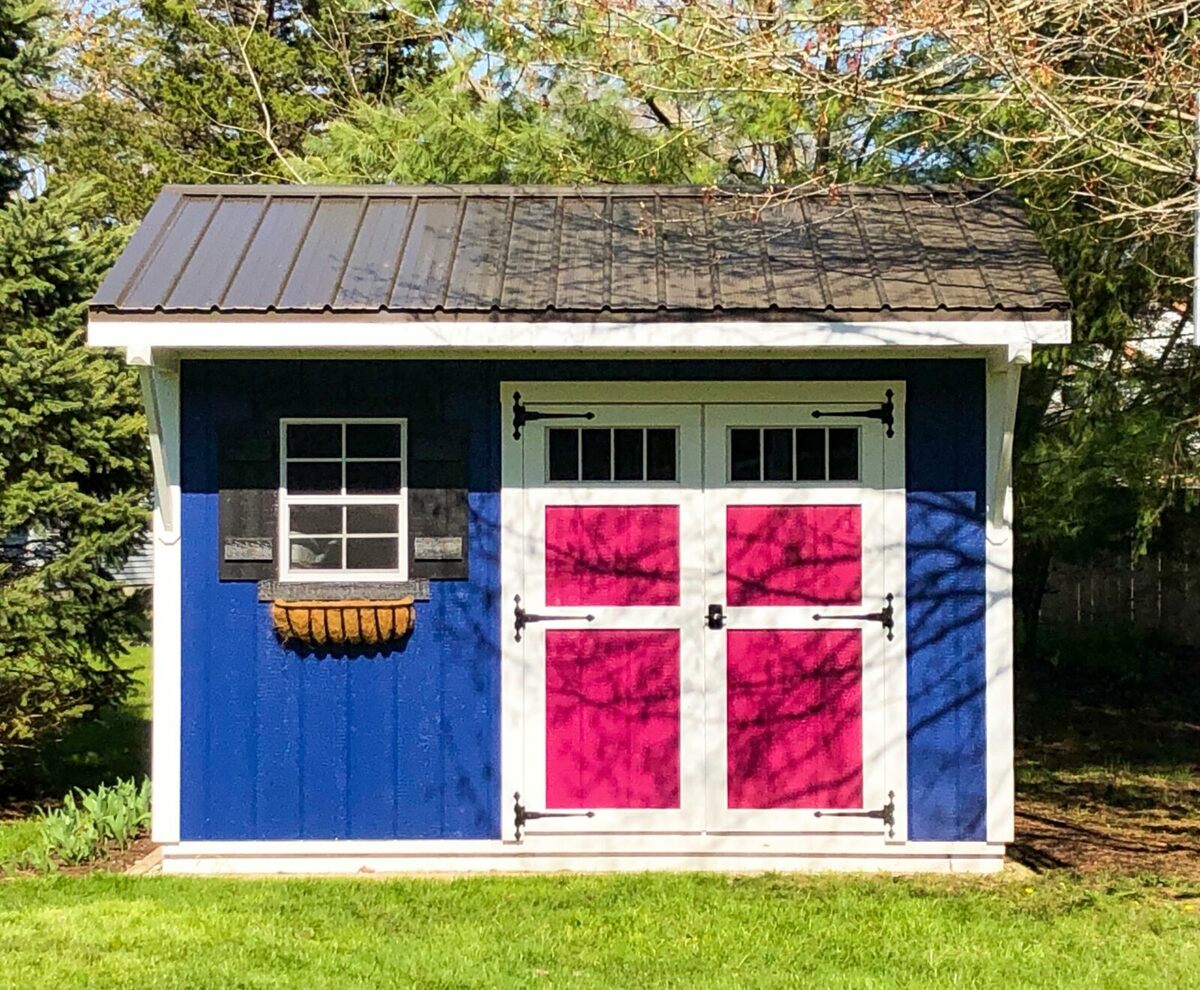


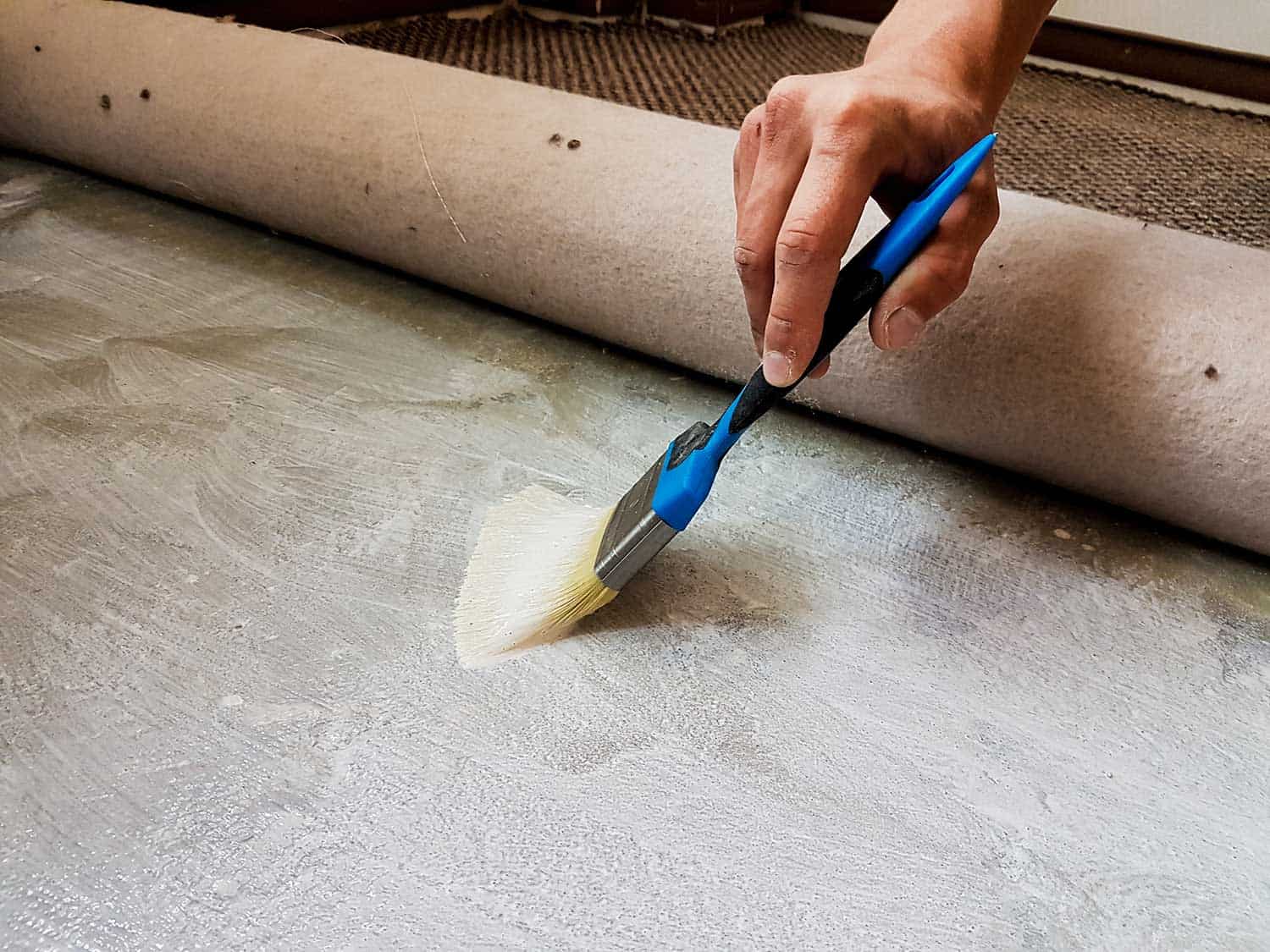
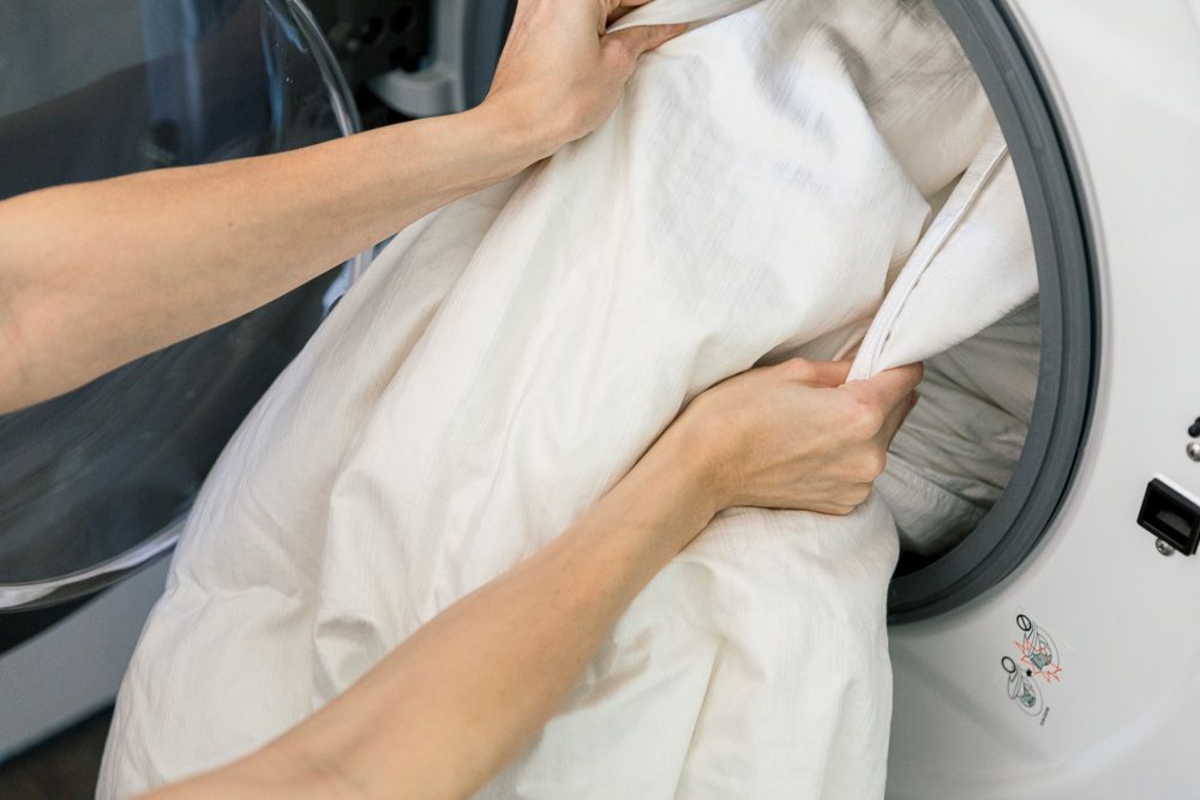
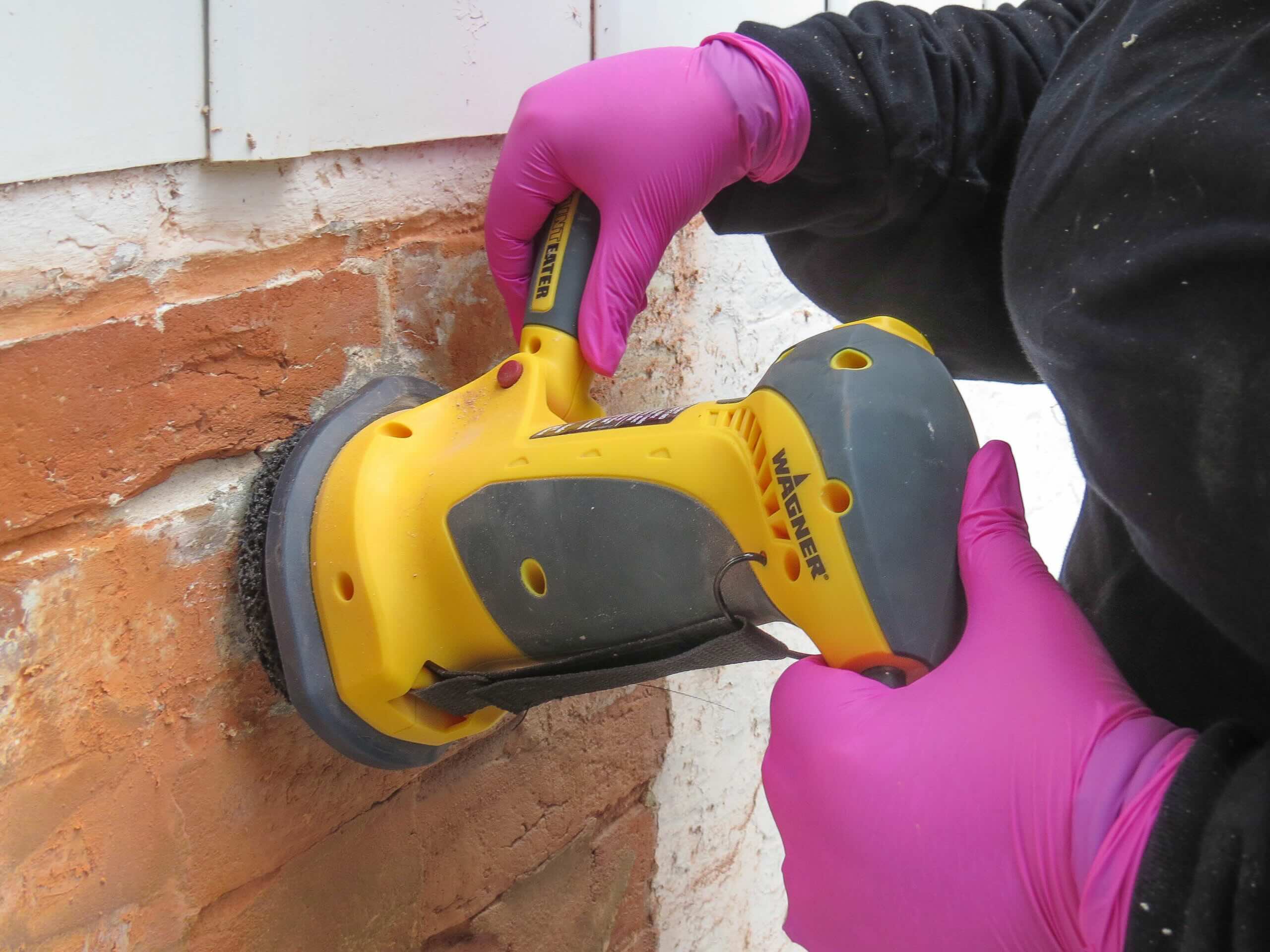
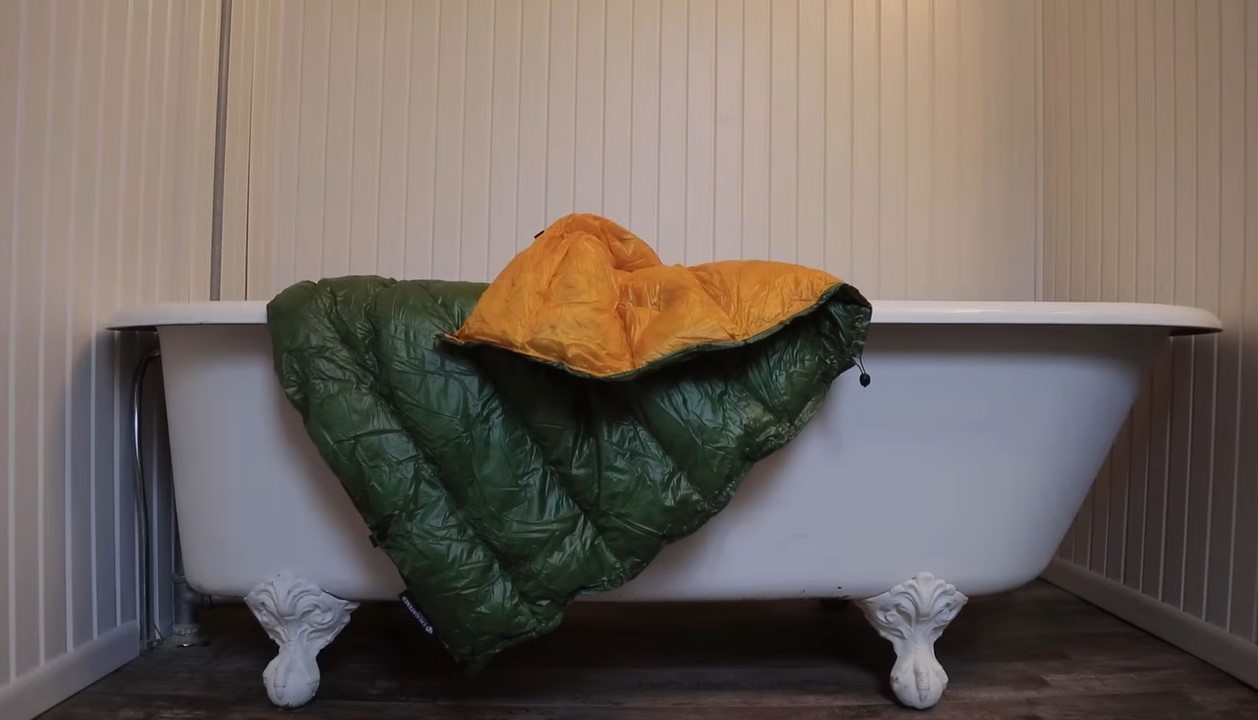
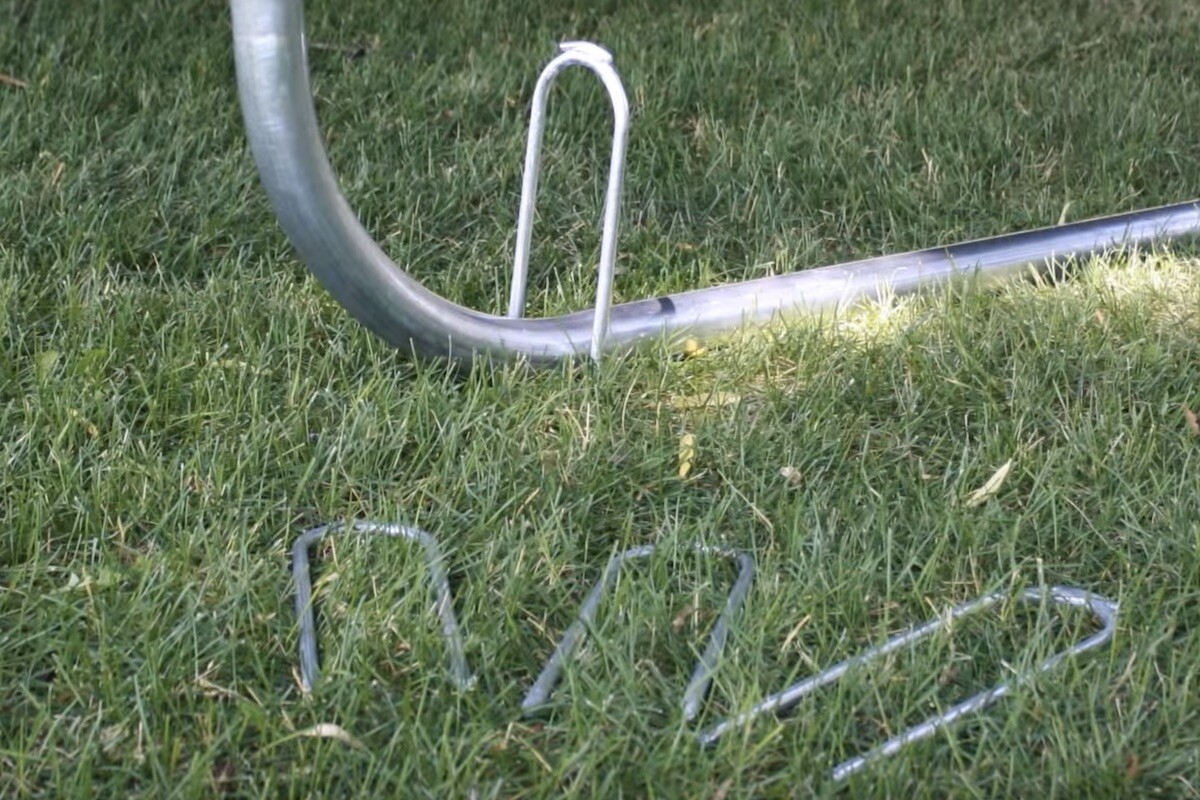

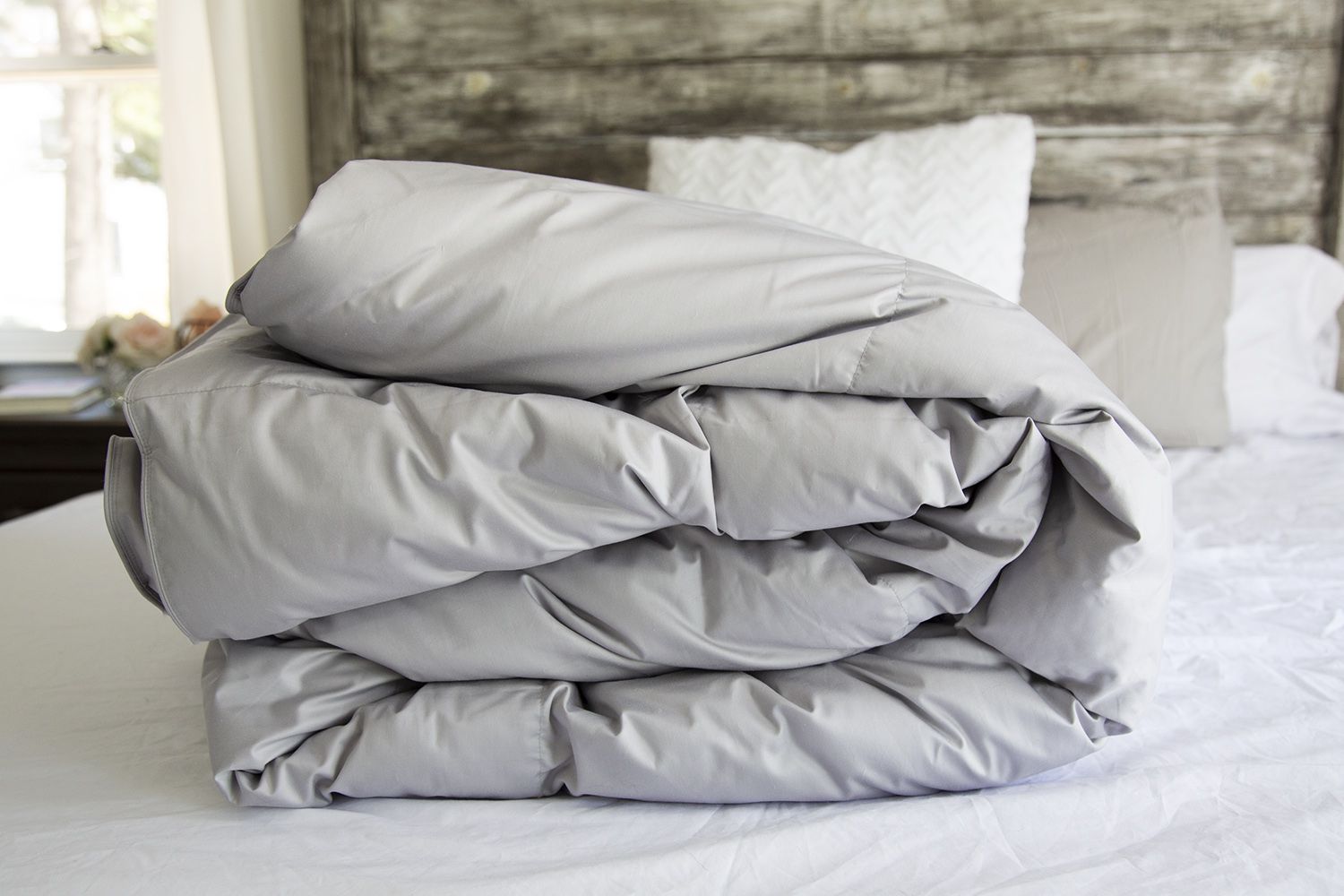


0 thoughts on “How To Cool Down A Shed”